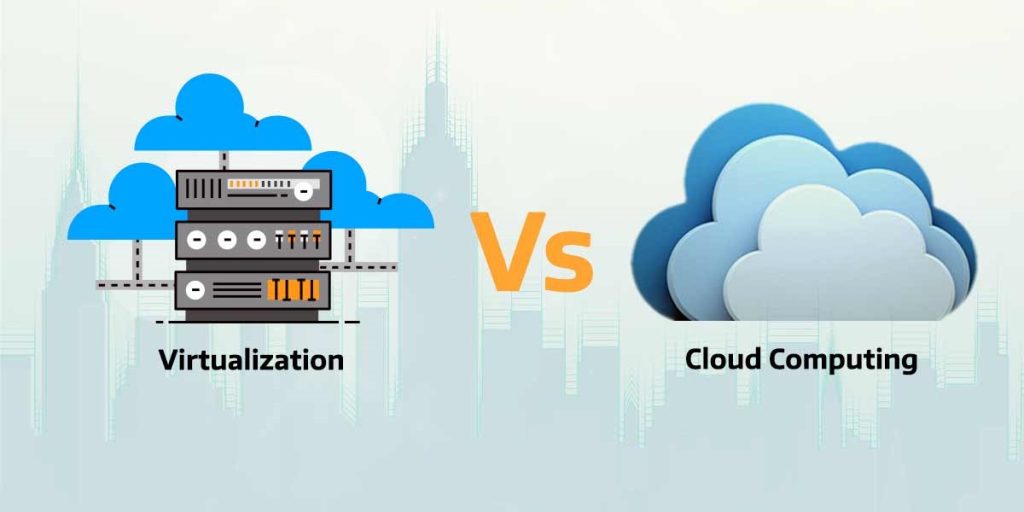The terms private cloud and virtualization are often used as synonyms. Many companies take the approach that, if they have virtualized their computing resources, they have implemented a private cloud.
- The value of virtualization: Virtualization is technology that separates – that abstracts – the hardware from the operating system and applications (and other resources) that reside on that hardware. This technology has revolutionized the date center. Among many changes, it enables companies to make vastly more efficient use of their server hardware. Traditionally (say, several years back), server use has been very inefficient. Only a small percentage of a server’s compute power – perhaps 15 percent, or even less – was employed at a given time. Adding to the inefficiency, a single server would be dedicated to a single operating system and/or a single application.
- Legacy IT: This inefficiency wasn’t a terrible problem: Server hardware is relatively inexpensive commodity hardware. So data center administrators would simply keep buying more boxes as the company’s compute needs grew. When companies needed to add applications, or run various operating systems simultaneously (or versions of the same OS), they simply purchased more servers. In truth, this got costly, in energy costs as well as monitoring and maintenance costs.
- Big changes: Virtualization – first led at the enterprise level by the success of VMware – dramatically changed this. Virtualization optimizes hardware utilization by enabling multiple operating systems and applications to run on a single box. Virtualization enables creation of virtual machines (VM) – “machines” that are in fact software environments existing on the underlying hardware. Virtualization isolates the virtual machines (which may run various operating systems and apps) from one another and from the physical hardware or network.
Consequently, virtualization is a huge cost saver – it’s no surprise that businesses have rushed to deploy virtualization in the datacenter. Note that it was large enterprises equipped with hefty budgets that first rushed to virtualize – for them it was a no-brainer. Smaller and mid-sized companies have been slower to virtualize, because while virtualization provides longer term advantages, initial set-up presents cost and operational headaches.
A virtualized platform provides a datacenter admin with an array of tools to better manage – and often more securely manage – IT resources. The percentage of utilized server compute power jumps markedly; in some cases to the 70-80 percent range. Realize, too, that much more than just servers can be virtualized: storage, networks, applications – many of the elements of IT infrastructure can be virtualized.
This is why IT experts extoll the virtues of the virtualized data center. The old-fashioned hardware-centric data center (which continues to dominate IT) is cumbersome and prone to obsolescence by comparison.
However, virtualization, for all its advantages, isn’t by itself a private cloud. To be sure, virtualization is a necessary foundation for a private cloud. But for a virtualized workload to truly be a private cloud, a company needs to standardize and automate its various workloads. Implicit in the concept of a private cloud is dynamic provisioning and a single pane management of a heterogeneous set of applications. (Not to mention the ability to charge specific business units for the resources they consume. Chargeback is a key advantage of the cloud.)
In short, the visual image of cloud comes into play here: a series of silos built on disparate hardware needs to be turned into a fully integrated and automated computing environment, just as an actual cloud in the sky combines an array of meteorological elements (moisture, temperature) into a single unit – albeit one that changes constantly.
This fully integrated and ever-evolving unit, then, is a private cloud.

A private cloud involves virtualizing many aspects of data center operation


